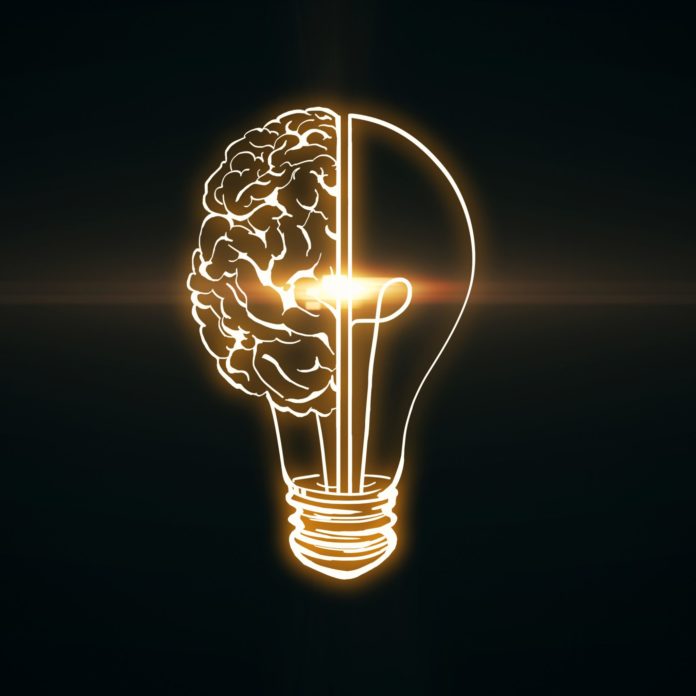Cognitive networks apply data intelligence to end-to-end data flows
The latest generation of cellular, 5G New Radio, has three primary characteristics: multi-gigabit per second throughput, ultra low latency and very high reliability, and support for massive numbers of internet of things devices. While consumer-facing 5G network deployments are in place globally, the combination of the above three attributes is still in early days. The vision of full 5G feature set, however, is coming, but it requires a new degree of automation and orchestration. Enter cognitive networks, not a new concept but one that’s nonetheless becoming more feasible and more important.
As defined in the IEEE publication Xplore back in 2005, cognitive networks are comprised of elements that observe “network conditions and then, using prior knowledge gained from previous interactions with the network, plans, decides and acts on this information.” The goal is for the intelligence embedded in cognitive networks to look at the “end-to-end goals of a data flow,” effectively turning “the user’s end-to-end goals into a form understandable by the cognitive process.”
In the context of an advanced 5G systems, think of an enterprise user onboarding thousands of environmental sensors. Rather than following a manual process of connecting, authenticating, etc…cognitive networks would “see” these devices, understand what the goal of deploying the connected sensor is, then provision accordingly. From there, cognitive networks would use feedback data from across the network to continuously optimize.
Ericsson and MIT are researching the future of cognitive networks
Network infrastructure vendor Ericsson is working with researchers at the Massachusetts Institute of Technology on two projects that could help make the vision of cognitive networks a reality. The first project is looking at what types of new computer chip materials can be used to “mimic the structure of the human brain in order to use exponentially less energy than today’s silicon-based chip designs.” The second focus of the collaborative research is geared toward making networks “truly autonomous” by finding new power sources, specifically capturing RF waves from the air and converting them to energy for the system.
Ericsson’s Magnus Frodigh, commenting on the joint cognitive networks research, said, “5G is leading to a fully-realized IoT and bringing us closer to a truly connected world. Massive amounts of tiny IoT devices and AI-driven, cognitive networks are two drivers of the next leap forward.”
On the materials front, the researchers are looking at lithium as a possible replacement for today’s silicon-based chipsets. Based on work done by two MIT professors, lithium oxide could be used to build memristors–a portmanteau of transistors and memory, today discrete units. Combining compute and memory into one unit would significantly reduce power consumption.
The other research thrust is referred to by the stakeholders as investigating “zero-power devices,” particularly important if you subscribe to the IoT vision of billions, potentially trillions, of wirelessly-connected IoT devices. This work is subdivided into three study areas: converting RF signals into power; building compatible electronic circuits; and then putting those devices into a network.
What’s the outlook for intent-based cognitive networks?
So when could cognitive networks drive change and create value in the world? According to a blog from Ericsson Group CTO and Head of Technology and Strategy Erik Ekudden, 2030 is the goal. By then, he wrote, the company hopes to have developed cognitive networks technology that “will learn, reason and act on business intent almost autonomously and serve as the platform of choice for future digital enterprise.”
A big step in the development of cognitive networks, according to Ekudden, will be fostering human trust in AI systems. Getting to a “zero-touch operation paradigm” requires AI “that is on par with human capability to reason and decide within complex dependencies and broad domains.”
Ericsson research into AI for industry suggests sectors that stand to derive significant value from AI–manufacturing, healthcare, transportation and logistics, for instance–“are still at a very early stage in their AI maturity journey. And adoption isn’t necessarily being hindered by technology, Ekudden wrote. “The deployment of AI presents a cultural challenge more than it does an organizational or technological challenge…Capturing digitalization opportunities within these sectors will require digital infrastructure that is not only intelligent, robust and resilient; but also secure, safe and trustworthy.”

